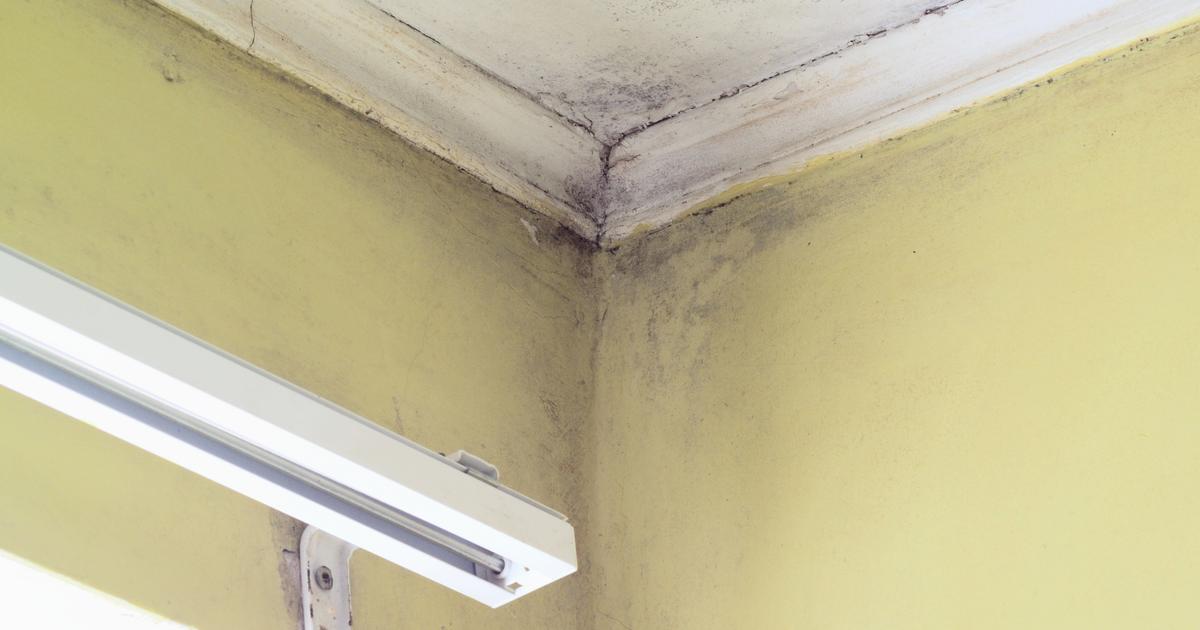Reasons Why Allergies Worsen During The Fall
Ah, autumn. It is a favorite time of year for many. There are many reasons individuals tend to be outdoors more. Summer’s intense heat is a thing of the past, yet the weather is balmy enough for enjoying the great outdoors. And there is something special to see: the explosion of vibrant colors as leaves undergo their annual metamorphosis. Even shorter days bring a bonus; since the sun goes down earlier, spectacular sunsets provide a beautiful backdrop for homeward commutes and early-evening outdoor activities.
However, along with these perks comes a drawback: fall allergies put a damper on the season for a huge chunk of the population. There are quite a few reasons allergic reactions pick up in the autumn. Knowing what they are, and what to do about them, can make the season one to enjoy rather than suffer through.
People Tend To Be Outdoors More

Picture-perfect weather makes individuals want to spend time outdoors. Hiking, hitting bike trails, checking out delightful fall produce at orchards and farmers’ markets, taking the family to the zoo, and enjoying a lunchtime stroll are ideal pastimes. However, individuals with fall allergies find their symptoms flaring up when they go outside. And the outdoors comes into the home when pollens hitch a ride on clothes and shoes. But rest assured: you don’t need the stay inside until winter. Avoid outdoor activities in the morning, since weeds and pollen are more rampant before ten in the morning.
On high-pollen-count days, eschewing strenuous outdoor activities can keep you comfortable. And be sure to plan for the kids: outdoor recess and gym classes are essential, but these activities can bring on symptoms. Make sure youngsters understand what triggers their reactions, have their medication at school and, if they are old enough, know when and how to take it. If the kids are too young to self-treat or need emergency medications, alert school nurses and teachers.
Mold Is More Predominant

Big piles of leaves are irresistible for kids, but they are repositories of something unpleasant: mold. While hundreds of types exist, only a relative few are allergy culprits. These include the species that cause black areas in damp indoor places and the outdoor variety. While mold is present year-round, autumn is the season when it flourishes. There are many reasons why, in addition to falling leaves, mold is more predominant now.
Plants are reaching the end of their lives and decaying, temperatures are cooler and accompanied by dampness, and breezes carry spores. It's no surprise fall has earned a reputation as the moldy season. Since individuals with allergies may wheeze, develop asthma, breathe heavily, sneeze, have itching nose, throat, or eyes, and experience nasal congestion—symptoms of other allergies—testing can help you find out what triggers your reactions. If you must mow the lawn, rake leaves, or perform other yard work activities, wear a mask designed to protect against pollen.
